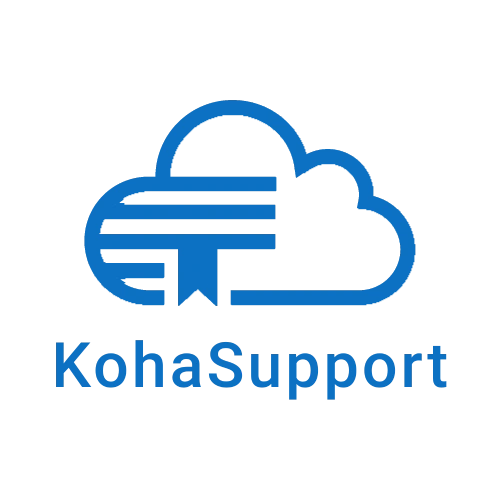What Are Authority Records in Koha Library Management?
In Koha, an open-source integrated library system (ILS), authority records are essential tools that ensure the consistency, accuracy, and usability of catalog data across the library collection. An authority record standardizes how names (people and organizations), titles, and subject headings appear in the catalog, enabling improved search results and more reliable resource discovery.
What Is an Authority Record?
An authority record is a controlled entry that governs how specific entities—like author names or subject topics—should be formatted and referenced. For example, if one book lists the author as “J. K. Rowling” and another as “Rowling, J. K.,” an authority record ensures that both instances refer to the same standardized heading.
In Koha, authority records are stored in their own authority MARC framework, separate from bibliographic records, but closely linked through control fields such as 100, 110, 130, and 650.
Why Authority Records Matter in Koha
Authority records are vital for keeping your Koha catalog clean, consistent, and user-friendly. They help:
-
Standardize Entries: Avoids variations like “UNESCO” vs. “United Nations Educational, Scientific and Cultural Organization.”
-
Improve Discovery: Ensures that searches return complete and accurate results, even if data entry varies.
-
Enable Linked Data Practices: Helps prepare your catalog for integration with external data sources by using consistent identifiers.
Benefits of Using Authority Records in Koha
| Benefit | Description |
|---|---|
| Improved Search Accuracy | Consolidates variant terms under one preferred heading, enhancing retrieval. |
| Catalog Consistency | Minimizes errors and ensures all records follow the same naming conventions. |
| Better User Experience | Users find more complete and relevant results when searching by author or subject. |
| Efficient Cataloging | Reduces repetition and speeds up cataloging by linking to existing authority entries. |
| Supports MARC Standards | Works seamlessly with Koha’s MARC-based cataloging interface. |
How Koha Handles Authority Control
Koha includes a dedicated module for authority management, allowing librarians to:
-
Create, edit, and delete authority records
-
Automatically link bibliographic entries to authorities
-
Perform global updates if an authority heading changes
-
Manage see also and see instead references to guide users
Examples of Authority Record Usage
-
An author authority record ensures all publications by “Jane Doe” are grouped under one standard name, even if they appear differently in various sources.
-
A subject authority record for “Environmental policy” ensures that related entries like “Green policy” or “Eco policy” are also indexed.
Challenges and Considerations
Authority control requires:
-
Ongoing maintenance to reflect changes (e.g., name changes or merged institutions)
-
Attention to controlled vocabularies like Library of Congress Subject Headings (LCSH)
-
Periodic cleanup of legacy catalog entries to ensure proper linking
Fortunately, Koha provides tools such as authority linking checks and batch editing to help manage this efficiently.
Final Thoughts
Authority records are foundational to the success of any library catalog—and especially in Koha. They streamline cataloging, improve search results, and maintain long-term data integrity. Whether you’re migrating from a legacy system or building a collection from scratch, implementing strong authority control practices in Koha ensures your users enjoy a consistent, reliable, and accessible library experience.
